There are many different makes and models of two way radios on the market. The choices can be daunting for experienced operators, but for those who are new to the world of radio communications, the options can be overwhelming. Fortunately, Buy Two Way Radios is here to help you wind your way through this maze of technology so you can find the right radios that fit your needs.
Which radio is the best for you? To find the answer, we first need to know the different types of two way radios available and how they are designed to be used.
Radio Services
The Federal Communications Commission (FCC) is the agency charged with the regulation of all the radio airwaves in the US. The FCC determines who, what, where, when and how the entire US radio spectrum is used. The FCC has allotted certain radio bands or portions of them for commercial, private and public sector use by assigning them to specific radio services. These services are governed by FCC rules and regulations found under Title 47 of the Code of Federal Regulations (CFR). The radio services most relevant to our search are:
Amateur Radio Service (Ham Radio) - Amateur or ham radio is intended for hobby and personal use. Amateur radio operates on UHF, VHF and some HF frequencies using using International Morse Code, voice communication, data, pictures and even video. Ham radios are available as handheld transcievers (walkie talkies), mobile rigs for use in vehicles, and base stations. A license is required to operate an amateur radio and there are three levels of licensing that determine which bands and frequencies an amateur operator is allowed to access. There is no minimum age requirement to become an amateur or ham radio operator. Amateur radio falls under Part 97 of the FCC rules.
Aviation Service (Air Band) - Air Band radios are used in aircraft for navigation and two way communication. VHF airband radios work best when used outdoors at high altitudes. Handheld airband radios are typically 5 watts. Panel NAV/COM radios are typically around 8 watts. Because transmissions primarily occur in the air or air to ground, range will generally be much greater than land-based radios. Aviation radios used domestically within US airspace are generally licensed by rule, which means that you do not need to purchase a license from the FCC to operate one unless you operate it internationally or outside the US. Airband radios fall under Part 87 of the FCC rules.
Citizen's Band Radio Service (CB) - CB offers Two-way radio communications for personal or business use. CB service operates on 40 shared channels in an AM mode or Single SideBand (SSB) mode. No individual license is required and there is no minimum age requirement to operate a CB radio. While not quite as popular as they were during the CB craze in the 1970's, CB radios are still commonly used today, particularly on the road. Citizen's Band falls under Part 95 of the FCC rules.
Family Radio Service (FRS) - FRS is available for personal or business use. Transmit power on an FRS channel is limited to a maximum of 2 watts. Optimal range on an FRS channel is about 2 miles, however the typical range is about a quarter mile or less. There are 22 FRS channels available. Channels 8-14 are low power FRS channels with a limit of one half watt. All 22 channels are shared with GMRS. Anyone can use FRS. No license is required for FRS and there are no age restrictions to use it. Most FRS radios are typically available as handheld walkie talkies. At one time FRS radios were combined with the GMRS for sale as hybrid FRS/GMRS radios. As of 2017, hybrid FRS/GMRS radios that are 2 watts or less are now considered FRS radios and are license free. FRS falls under Part 95 of the FCC rules.
General Mobile Radio Service (GMRS) - GMRS is available for personal use and is a popular choice among consumers and many radio hobbyists for use in many operations and activities. Optimal range on a GMRS portable handheld radio is about 2 miles, however the typical range depends largely on location and terrain. There are 30 GMRS channels available. Eight are GMRS repeater channels, seven are low power channels with a maximum of one half watt. The 22 simplex channels are shared with FRS. A license is required for GMRS, however, one license covers the entire family with no age restrictions.
At one time, GMRS radios were typically available as handheld walkie talkies combined with the FRS for sale as hybrid FRS/GMRS radios. However, in 2017 the FCC overhauled the rules and now any hybrid radios above 2 watts are considered GMRS radios. Popular brands include Cobra, Midland, and Wouxun. GMRS falls under Part 95 of the FCC rules.
Marine Radio Service (Marine Band) - Marine VHF radio is commonly used on seafaring vessels, both large and small to communicate ship-to-ship or ship-to-shore for everything from routine contact with ports and marinas to emergency distress calls. These radios operate using VHF frequencies from 156 to 174 MHz. They are allowed to operate between 1 and 25 watts. Because transmissions primarily occur over open water, range will generally be much greater than land-based radios.
No license is required when operating marine radios on recreational vessels operating domestically which are not required by law to carry a radio or do not travel to foreign ports. However, If your vessel travels to ports in other countries, you will need to have a license.
Marine radios typically have 88 channels, however not all of those channels are allowed to be used by everyone. Certain channels are reserved for specific types of communications or for specific groups, such as commercial ships and the Coast Guard. VHF Marine radios may be fixed mount or handheld. Marine radios fall under Part 80 of the FCC rules.
Multi-Use Radio Service (MURS) - Created in 2000, MURS is available for business or personal use. MURS is assigned 5 VHF frequencies (151.820, 151.880, 151.940, 154.570, 154.600) and power is limited to a maximum of 2 watts. No license is required and there is no age restriction for MURS. While not as popular as FRS or GMRS, the MURS frequencies are not as crowded, which means MURS operators may have a little more privacy. Also, many MURS radios, such as the Motorola RMM2050, are designed for business use and tend to be more rugged and durable than than most consumer grade FRS or GMRS radios. MURS falls under Part 95 of the FCC rules.
Private Land Mobile Radio Service (PLMRS) - Also referred to as the Business Radio Service, PLMRS is primarily used by businesses, both large and small. Business radios are generally manufactured with higher quality construction and components for maximum range, audio quality and durability. Business radios are available in analog or digital modes and some manufacturers even offer a mixed mode for compatibility with both. Business radios are available for UHF or VHF frequencies and the type will often depend on where and how the radios will be used. Handhelds are typically between 1 and 5 watts, while mobile units and base stations will offer much more power. Business radios are often repeater capable and many features are user programmable.
Specific frequencies are assigned to the business and a license to use them is required. Although a licensed frequency can be pricey, it offers some exclusivity and greater privacy for local communications, which can be well worth the price for many companies, organizations and even individuals who may need it.
There are many makes and models of business radios to choose from with a plethora of options and accessories available. Popular brands include BlackBox, Icom, Kenwood, Midland, Motorola, Olympia and Ritron. PLMRS falls under Part 90 of the FCC rules.
| Two Way Radio Types |
| Type | Band | Assigned
Channels | License
Required | Styles | Max Power | Range |
*No license is required when operating radios on recreational craft in US domestic waters.
1Distance varies greatly based on terrain, obstacles and other conditions. For more information watch our video Radio 101 - The Truth about FRS/GMRS Radio Range.
2Distance varies depending on terrain and antenna height.
3Distance varies depending on altitude, atmospheric conditions, antenna.
4Distance varies depending on antenna quality and height.
5Distance varies depending on atmospheric conditions, antenna quality and height. |
| Air Band | VHF | YES | NO | Handheld
Panel | 5W
8W | 1-35 Miles4
~200 Miles4 |
| Amateur | HF
UHF
VHF | NO | YES | Handheld
Mobile
Base | 5W
50W
1500W PEP | 1-20 Miles4
5-12005
50-25005 |
Business
(BRS) | UHF
VHF | PROGRAMMED | YES | Handheld
Mobile
Base | 5W
125W
Varies | 1-2 Miles
-
Varies |
Citizen's Band
(CB) | HF AM/SSB | YES | NO | Handheld
Mobile
Base | 4W AM
12W PEP SSB | 3-5 Miles
7-10 Miles2
10-50 Miles2 |
| FRS | UHF | YES | NO | Handheld | 2W | 1-2 Miles1 |
| GMRS | UHF | YES | YES | Handheld
Mobile
Base | 5W
50W
50W | 1-2 Miles1
1-18 Miles2
Varies |
| Marine | VHF | YES | NO* | Handheld
Fixed-
Mount | 6W
25W | 3-8 Miles
10-25 Miles4 |
| MURS | VHF | YES | NO | Handheld
Base | 2W | 2-3 Miles2 |
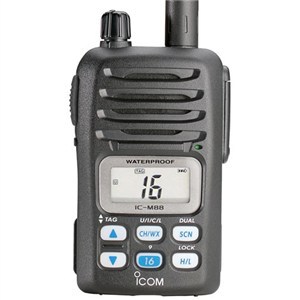 The Icom M88 is more than just a tough little marine radio. Besides all the US, Canadian and International marine channels (and the ten weather channels), the M88 also features an additional 22 programmable channels specifically reserved for Land Mobile operation!
The Icom M88 is more than just a tough little marine radio. Besides all the US, Canadian and International marine channels (and the ten weather channels), the M88 also features an additional 22 programmable channels specifically reserved for Land Mobile operation!
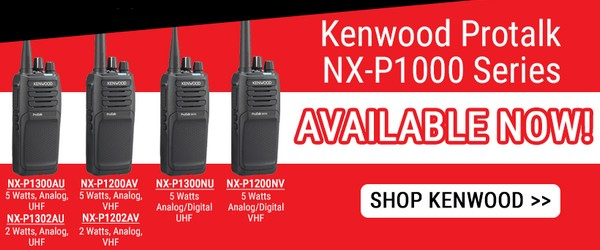
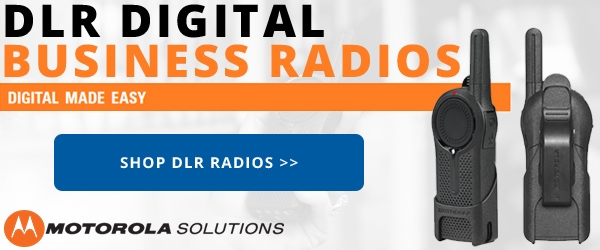
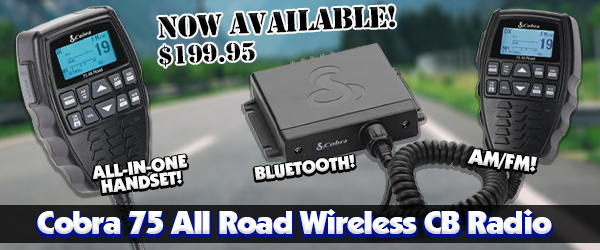
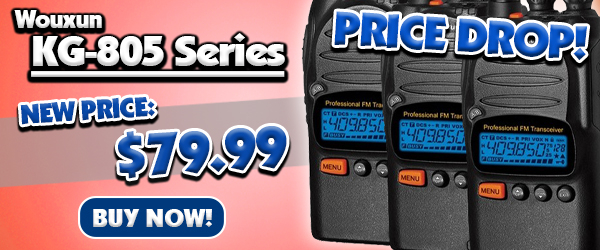
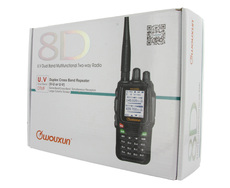
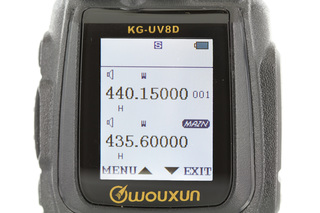 Another feature in question is the number of memory channels. According to a discrepancy in earlier specifications, this figure was either 199 or 999. We can now confirm that the KG-UV8D does have 999 (nine hundred ninety nine) memory channels. This is a big number for a handheld transceiver.
Another feature in question is the number of memory channels. According to a discrepancy in earlier specifications, this figure was either 199 or 999. We can now confirm that the KG-UV8D does have 999 (nine hundred ninety nine) memory channels. This is a big number for a handheld transceiver.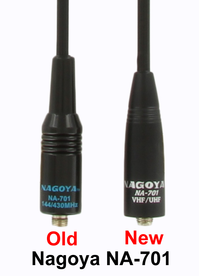
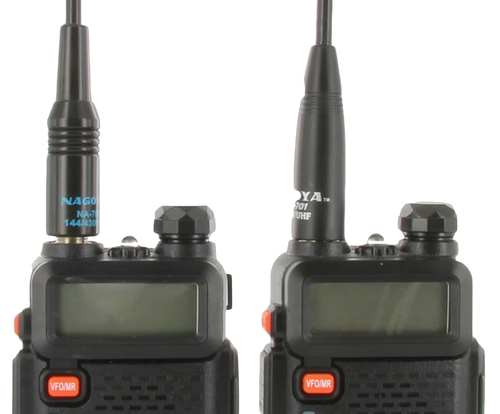
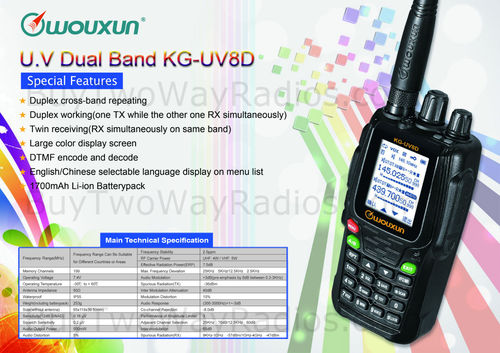
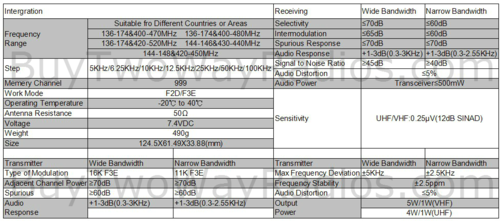
-thumb-80x365-821.png)

